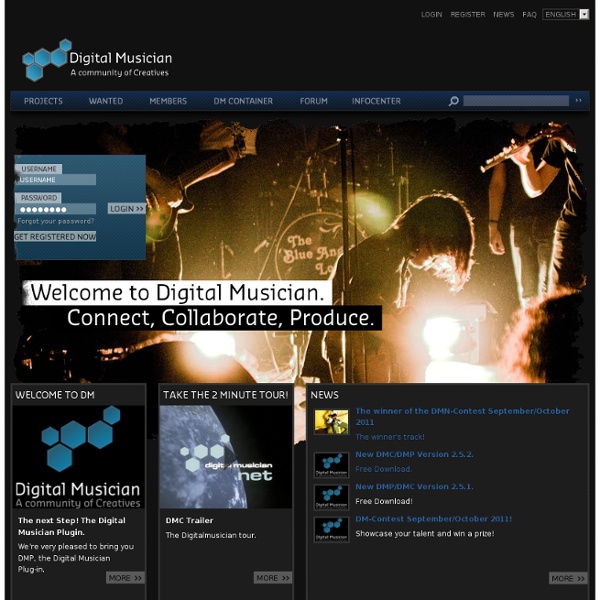



How to Set Up the Ultimate Desktop Recording Studio Consider it another marvel of the digital age--or the latest evidence that the beautifully difficult, soul-taxing art of music creation has irretrievably slid into the hands of talentless idiots. Either way, with the help of a computer, a few peripherals, a variety of entry-level software and two weekends' worth of struggle, I have produced my first single. It's hardly a secret that musical production has been striding boldly into the digital age over the past three decades. Software that enables instruments to interface directly with PCs was pioneered in the 1980s, and current programs pack all the goodness of a full production studio into a laptop, with virtualized instruments, amps, effects, mixing boards and multitrack recording machines all onscreen. This has had a profound effect on the music industry--lowering the barrier to entry to the point where a small band with a computer, a microphone and a few instruments can produce studio-quality recordings. Multitrack Recording Plug-Ins
9 Mistakes To Avoid When Recording Your Own Album Before you can begin to think about marketing yourselves online you’ll first of all need to take care of the music. If, like me, you’re making that music at home then you’ll be aware of the many benefits this arrangement brings - you have the freedom to try whatever you like, you don’t have one eye on the clock and you never have to get the last bus home. The flipside is that you are on your own and, to put this gently, there will be no-one there to keep an eye on you. You are entirely free to lead yourself down any number of blind alleys before you grab the wrong end of the stick and beat yourself up with it. What could possibly go wrong? Since the price of freedom is eternal vigilance, here are the 9 mistakes we made in homemaking our debut record that I’m keen to avoid as we begin our second. OK, off we go.. 1: That Odd Buzzing Noise Will Come Out In The Mix ..and one day there will be free jetpacks for us all. 2: If You Are Having Drums, You Might Want To Record Them First *cough*
Free Music Software . org : Free VST, Free Music Software, Free Samples, etc...